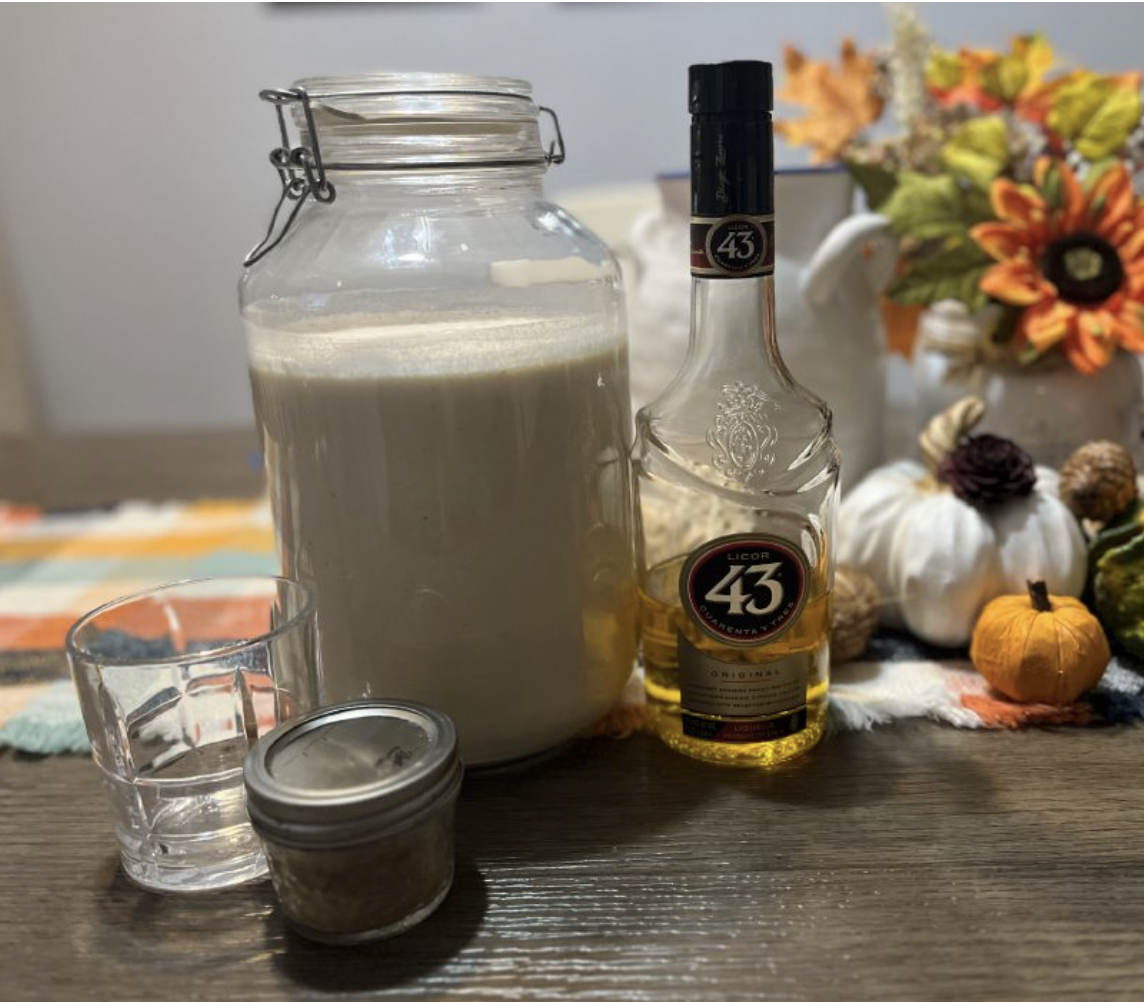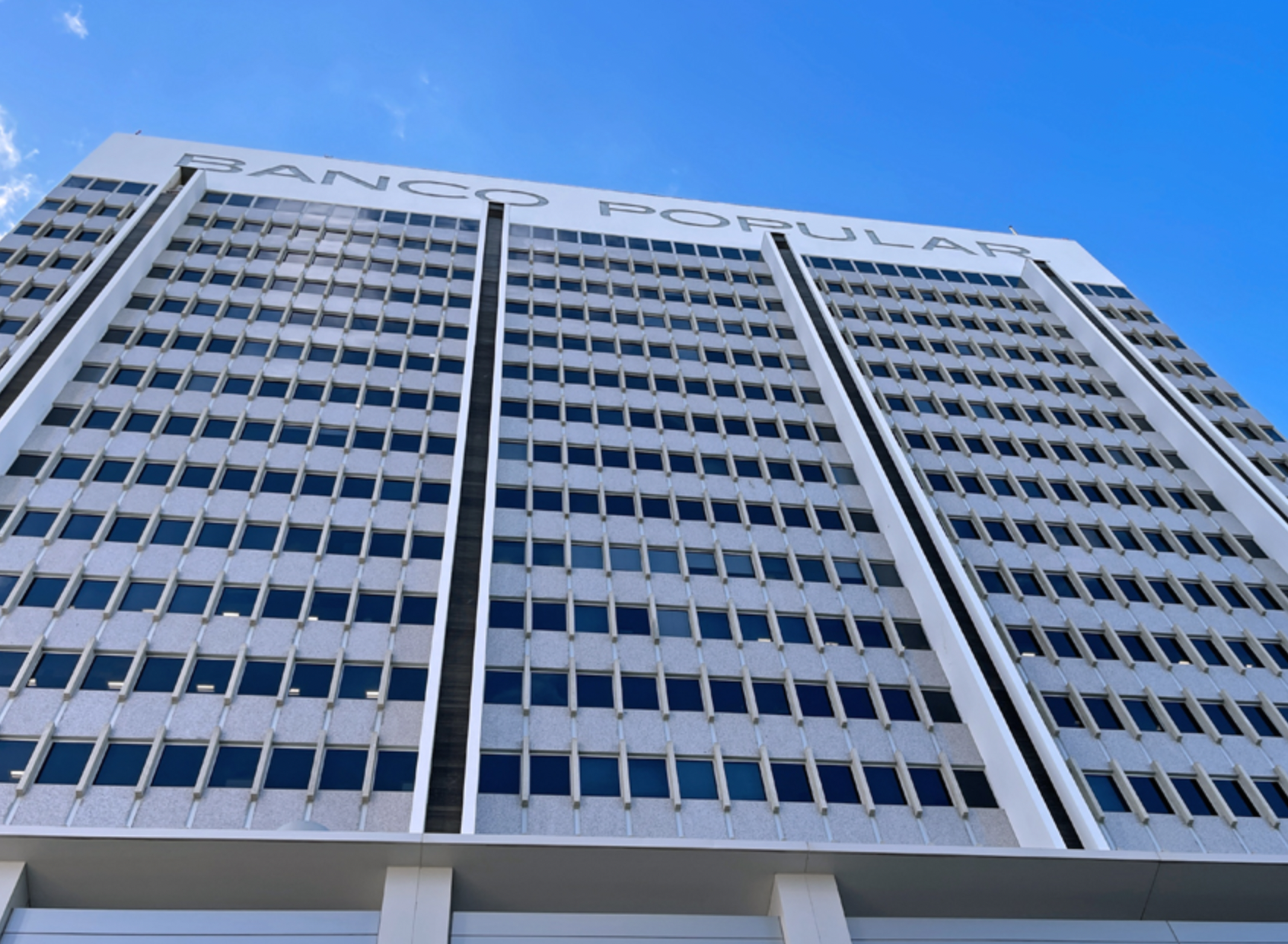|
Hurricane Fiona creates catastrophe across Puerto Rico
On the week marking the five-year anniversary of Hurricane Maria another devastating storm struck Puerto Rico. Hurricane Fiona, officially a Category 2 storm, hit the south and southeastern parts of the Island this weekend, bringing with it 103 mile-per-hour winds and rainfall ranging from 12-24 inches in various places, causing flooding across the Island. The storm knocked out the power grid and caused an Island-wide blackout which LUMA Energy, the private company in charge of maintaining the grid, said could take weeks to fully address. President Biden declared a State of Emergency for Puerto Rico on Sunday, freeing up hundreds of millions of dollars in immediate FEMA assistance. Governor Pierluisi is urging patience as the Island and the federal government work to fully assess the damage and once again begin the long process of rebuilding.
Five years after Hurricane Maria, rebuilding and emergency planning issues remain
As the five-year anniversary of Hurricane Maria approached and Hurricane Fiona made its way to Puerto Rico, a Congressional panel met last week to discuss Puerto Rico’s rebuilding process. During a hearingof the House Subcommittee on Economic Development, Public Buildings, and Emergency Management, Shay Bahramirad, a senior vice president at LUMA Energy, said the company had done more in the past 15 months to increase energy efficiency than had been done in the past decade, including connecting more clients to solar energy. Despite this claim, many people on the Island and members of Congress want more answers and more reliability. A few weeks ago, FEMA made $9.5 billion available for Puerto Rico to rebuild its power grid, the largest ever public infrastructure project on the Island. At least 40 projects have already been approved using this funding, but there is a long way to go before every Puerto Rican has reliable access to electricity. The hearing found that Hurricane Maria caused $90 billion in damages. Congress allocated at least $71 billion for general recovery and reconstruction operations, of which $62 billion have been made available to the Island. However, about 72% of those funds have not yet reached local communities, according to Rep. Jenniffer Gonzalez, Puerto Rico’s delegate in Congress.
Department of Justice to intervene in disability discrimination case in San Juan
Last week, the U.S. Department of Justice (DOJ) announced that it would intervene in a discrimination lawsuit brought by individuals with mobility disabilities against the City of San Juan under the Americans with Disabilities Act (ADA) and Section 504 of the Rehabilitation Act (Section 504). The DOJ alleges that there are widespread accessibility issues with San Juan’s sidewalks, including curb ramps that are cracked, too steep or nonexistent, and walkways that are uneven, too narrow, or obstructed. The DOJ has already participated in discussions with the parties in the hope of securing San Juan’s cooperation in bringing the city into compliance.
Johnson and Johnson plans to move production from Europe to Puerto Rico
Johnson & Johnson (J&J) announced it will beef up capabilities at two plants in the town of Gurabo and one each in Manati and San Lorenzo, creating 308 jobs in the process with an investment of more than $225 million. The improvements will not only introduce new freeze-dry technology to one of its plants, but also draw production to Puerto Rico from Europe. The announcement comes only months after J&J said it was making technology upgrades at a plant in Las Piedras that manufactures Tylenol.
|




